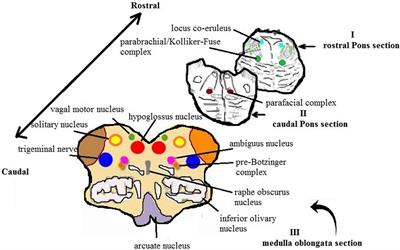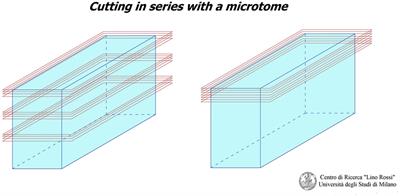EDITORIAL
Published on 28 Aug 2017
Editorial: New Approaches to the Pathogenesis of Sudden Intrauterine Unexplained Death and Sudden Infant Death Syndrome
doi 10.3389/fneur.2017.00441
- 1,872 views
- 2 citations
12k
Total downloads
71k
Total views and downloads
Select the journal/section where you want your idea to be submitted:
EDITORIAL
Published on 28 Aug 2017
REVIEW
Published on 06 Jul 2017

REVIEW
Published on 13 Mar 2017

PERSPECTIVE
Published on 16 Jan 2017
HYPOTHESIS AND THEORY
Published on 06 Jan 2017

PROTOCOLS
Published on 21 Nov 2016

HYPOTHESIS AND THEORY
Published on 28 Oct 2016

PERSPECTIVE
Published on 21 Sep 2016
ORIGINAL RESEARCH
Published on 30 Aug 2016
ORIGINAL RESEARCH
Published on 23 Aug 2016

ORIGINAL RESEARCH
Published on 27 Jun 2016

ORIGINAL RESEARCH
Published on 13 May 2016


Frontiers in Pediatrics
Frontiers in Public Health